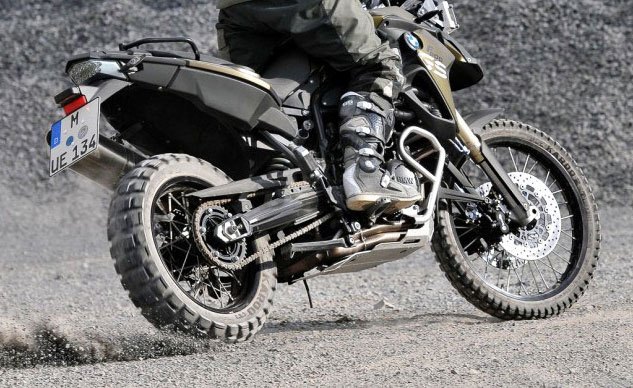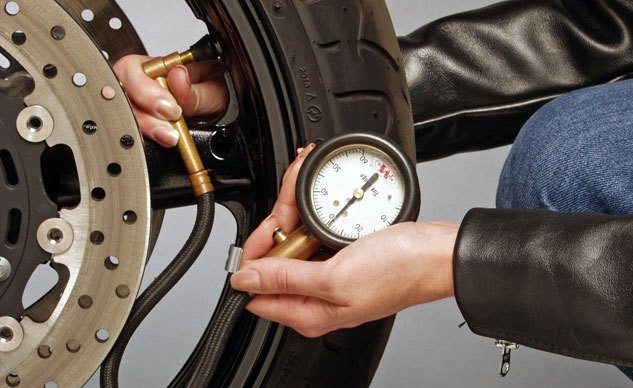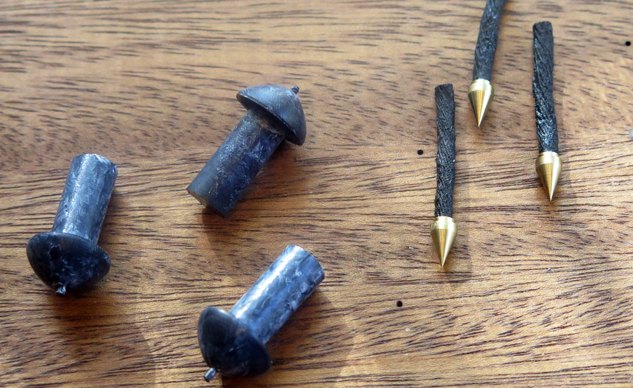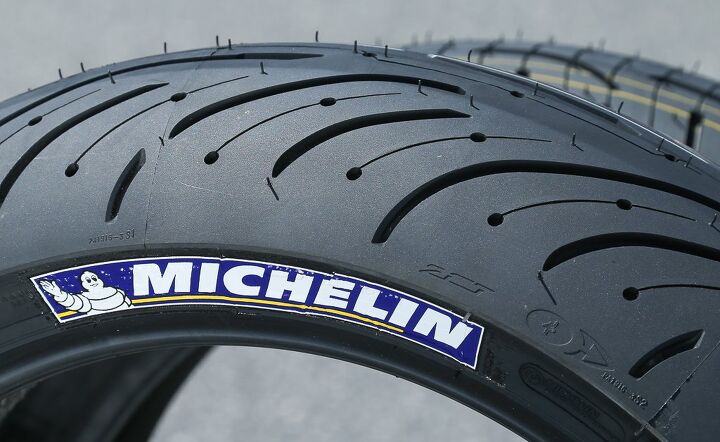#tires
Adventure Tire Buyer's Guide
Want to make your old bike feel new again? Install new tires. Your current rubber hoops may have mileage left in them, but switching to new tires is an easy and affordable way to elevate the handling composure of a motorcycle. Fresh rubber not only increases both on- and off-road grip, but the manicured profile of new tires also smooths turn-in and transitioning, bettering your sense of control and feedback from the road.
Sport Tires Buyers Guide
Tire manufacturers have a unique challenge when developing tires for sportbikes. Truth is, most sportbikes on the road will hardly, if ever, see a racetrack. Their time will largely be spent cruising around on the street during the week, with an adrenaline-pumping canyon ride or trackday on the weekends. The challenge engineers face is creating a tire with a center that will last, while also giving the rider side grip for navigating the bends, both on the street and the track. The different tire manufacturers have each come up with their own solutions to accommodate these needs, and what we have in this week’s Sport Tire Buyer’s Guide are choices from eight different tire manufacturers. Each tire is meant to live the majority of its life on the street, but is capable for the occasional trackday if needed.
Cruiser Tire Buyer's Guide
Cruiser riders want what the rest of us want, don’t they? Round black pneumatic tires that hold air, provide good traction in the wet and dry while providing a smooth quiet ride. Yes, they want those things, and they also want a tire that produces orange smoke when lit off. Otherwise, we’re all one big happy family. Where sport and touring bikes have mostly settled on 17-inch diameters front and rear, with usually a 3.5-inch front and a 5- or 6-inch wide rear wheel, cruisers are less standardized. And where sportbike riders will overlook a little harshness for the sake of handling and grip, cruiser riders tend to be more concerned with ride comfort and long life. Since tire engineers aren’t having to deal with 150-mph-plus top speeds, they’re able to give it to them. Looks are important too. Buying decisions can be heavily influenced by tread pattern, and cruiser riders are swayed by whitewalls and crazy-wide rears on their choppers. Luckily, there’s a tire for every rear. Let’s try to keep it in some semblance of alphabetical order, shall we? (The orange smoker starts with an “S.”)
Tire Care & Maintenance Buyer's Guide
Tires are, arguably, the most significant factor affecting your safety on a motorcycle. We trust both our shiny, expensive machinery and our lives to what, when you really consider it, are two impossibly small contact patches with the pavement. Modern tire performance in wet or cold or dirty or hot conditions with rapidly changing forces (acceleration, deceleration, cornering, braking, and bump absorption) is nothing short of amazing. While much of the moto-press’ attentions are focused on increased engine output or the expanding role electronics are playing in riding, the unsung advances in motorcycle tires over the past decade have been astounding. There are sport touring tires with performance that was once reserved for racing rubber. Wet weather riding need not be the worrying task it was in the past. Heavy touring bikes and cruisers achieve mileage out of a set of tires that is hard to fathom.
Plugging Away: Stop&Go vs. Dynaplug Tubeless Tire Repair
Let’s just get the disclaimers out of the way right up front, shall we? No tire manufacturer wants you to plug its tire if you run over a nail, not even a brand new one. Some of them might tell you it’s okay to patch a tire, with a permanent patch glued on from the inside. But that’s not what the plugs here are for: The Stop&Go mushroom-style plug and the Dynaplug pointy-style are here to keep you from having to ride a tow truck to your destination when you pick up a nail en route and don’t have a tire mounting machine at hand. Stop&Go says “Safety experts all agree that a punctured and/or plugged motorcycle tire should be replaced as soon as possible. That is our opinion also.”
Vote for the Reader's Choice Motorcycle of the Year
Which new motorcycle deserves to be called Motorcycle of the Year? The decision is up to you!
Trizzle's Take – Finding Limits
Having the chance to partake in our recent 3 Wheeler shootout, I was fortunate enough to pilot three very different machines. Two of which, let’s face it, are basically cars with one rear wheel. Apart from the obvious fun we were having romping on the different “motorcycles,” what I distinctly remember was the ease at which I was willing to explore the limits of the Morgan 3 Wheeler and the Polaris Slingshot, the former void of any electronic aids, the latter with switchable stability control (the Spyder F3 stability system is always on).
Pirelli Diablo Rosso Corsa Review
If you’re primarily a street rider with an eye toward hitting up a trackday soon, listen up. First, don’t listen to anyone who tells you to get a dedicated race tire before going to a trackday, especially your first one. While it used to be true that road rubber and track rubber were two worlds apart, those days are long over, and the Pirelli Diablo Rosso Corsa is proof one tire really can do it all.
Michelin Pilot Road 4 Review + Video
Well, you learn something new every day. In this case, the “you” would be me and my use of the word sipe. I’ve been using it for years to mean the grooves in a tire’s tread pattern. (Several online dictionaries, the one built in to my laptop’s OS, and the dictionary of record, the Oxford English Dictionary, confirm this by saying “a groove or channel in the tread of a tire to improve its grip.” But I digress.) What prompted this discovery was a statement made at the beginning of the press briefing for Michelin’s introduction of the Pilot Road 4 tire. To wit: “The Michelin Pilot Road 3 was the first [motorcycle] tyre with sipes.” To think that I’d been using the word since before the PR3 was introduced.

















